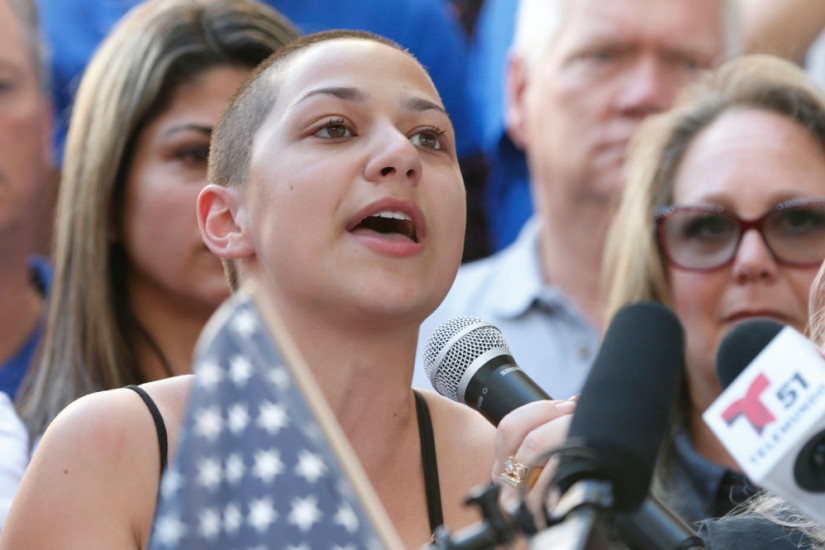The most successful American high school activist ever must be Barbara Rose Johns (later Barbara Rose Johns Powell), a high school junior who organized a strike with her classmates at the all-black Robert Russa Moton High School in Prince Edward County, Virginia, in 1951. Moton High was horrendously overcrowded and underfunded. When black parents protested the conditions, the school district built tar-paper shacks to serve as additional classrooms. Johns’ breaking point came when a few of her classmates, who were employed at the nearby white high school, reported that their student counterparts there enjoyed amenities like science labs, a gym, and working heat.
Johns and her 114 compatriots petitioned the NAACP for help. The organization voiced initial misgivings about the suit, but Johns’ group insisted. That suit eventually ended up as one of the five cases brought to the Supreme Court as Brown v. Board of Education (1954), which mandated desegregation in public schools in the United States. Somehow, the fact of Johns’ youth went overlooked at the time of Brown v. Board. Historian Taylor Branch thought that was because of how early Johns’ stand came in the course of midcentury civil rights activism: “The idea that non-adults of any race might play a leading role in political events had simply failed to register on anyone.”
That would change. Teenagers Claudette Colvin and Mary Louise Smith, arrested for refusing to give up their seats on a bus months before Rosa Parks became the spark for the Montgomery, Alabama, bus boycott, became plaintiffs in Browder v. Gayle, the 1956 case challenging segregation on public transportation that eventually went to the Supreme Court. Historian Jeanne Theoharis writes that Colvin and Smith “agreed to take part in the case when most adults did not have the courage to do so.” In 1963, 3,000 young people protested in Birmingham, Alabama, as part of the Children’s Crusade, organized by the Southern Christian Leadership Conference. While the adult leaders in the SCLC launched this particular protest, many participants remembered joining up out of their own sense of right and wrong. Protester Jessie Shepherd, 16 at the time of the protest, told journalist Lottie L. Joiner in 2013: “I was told not to participate. But I was tired of the injustice.” As Clayborne Carson, director of the Martin Luther King Jr. Research and Education Institute at Stanford, told Joiner, “[King] had never led a massive campaign of civil disobedience before, and there were not enough adults prepared to be arrested. So the Children’s Crusade turned the tide of the movement.”
